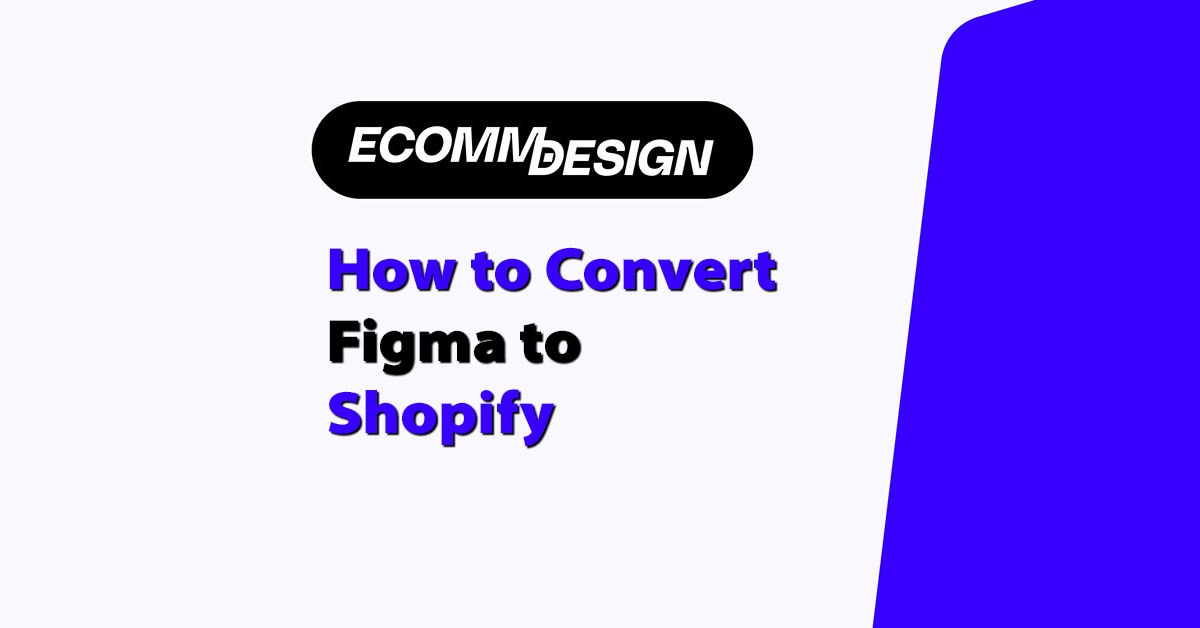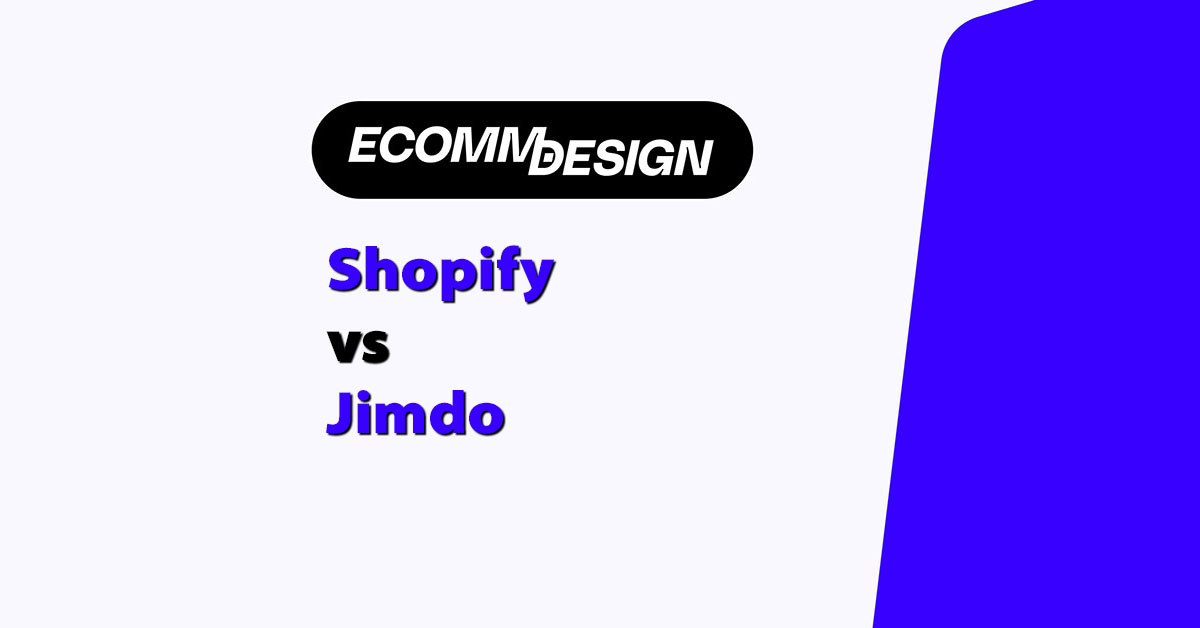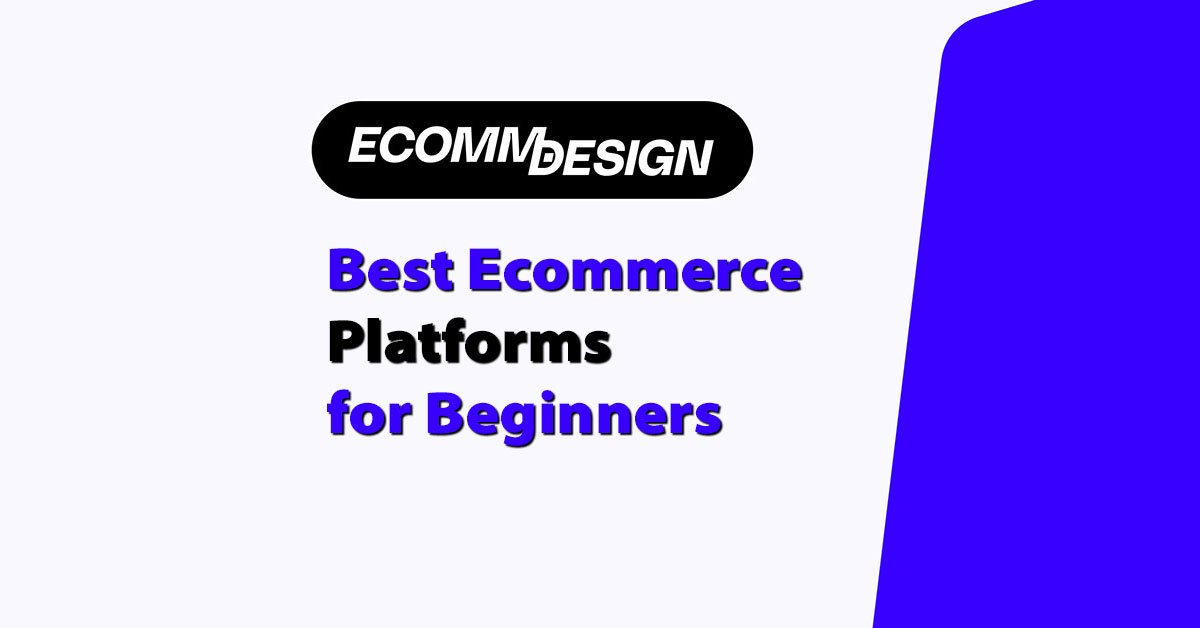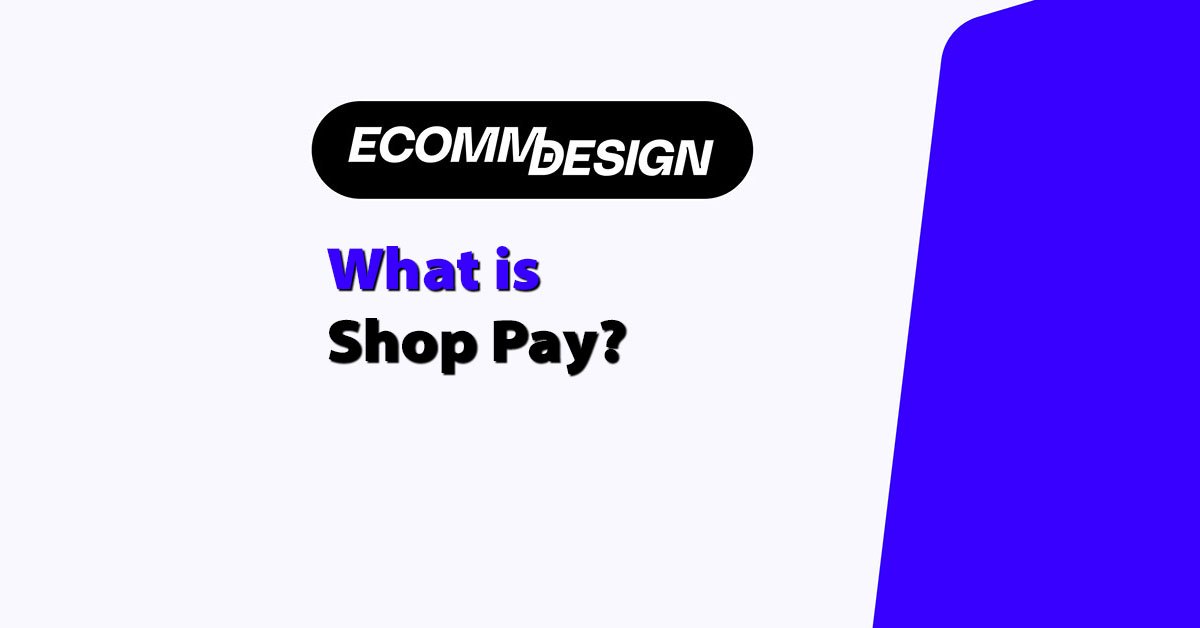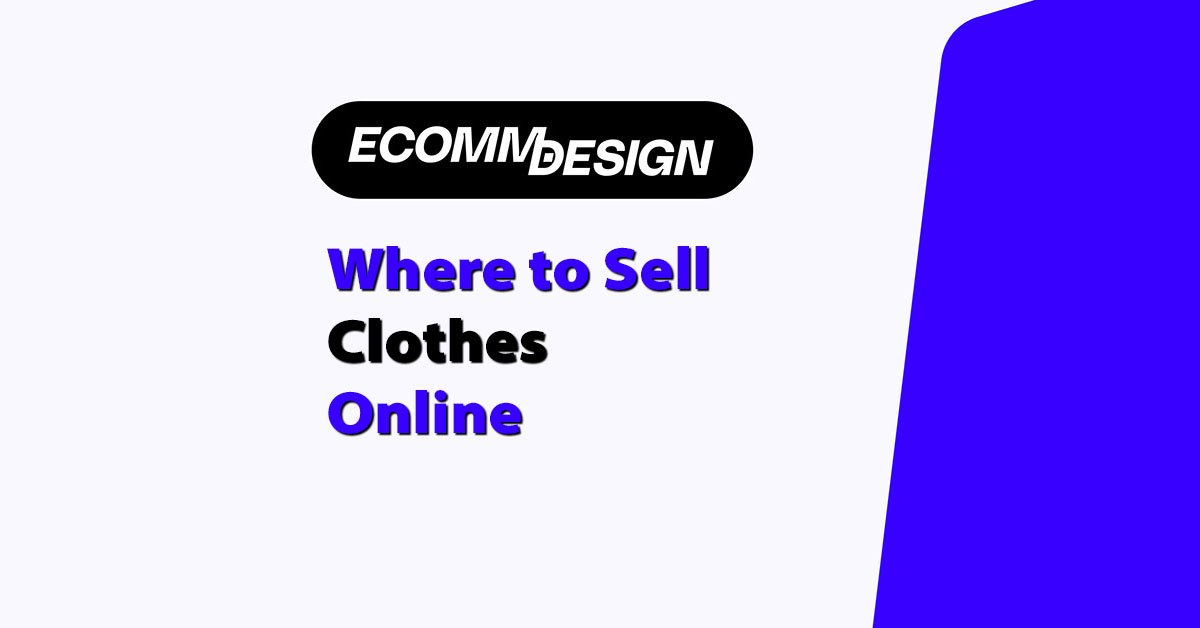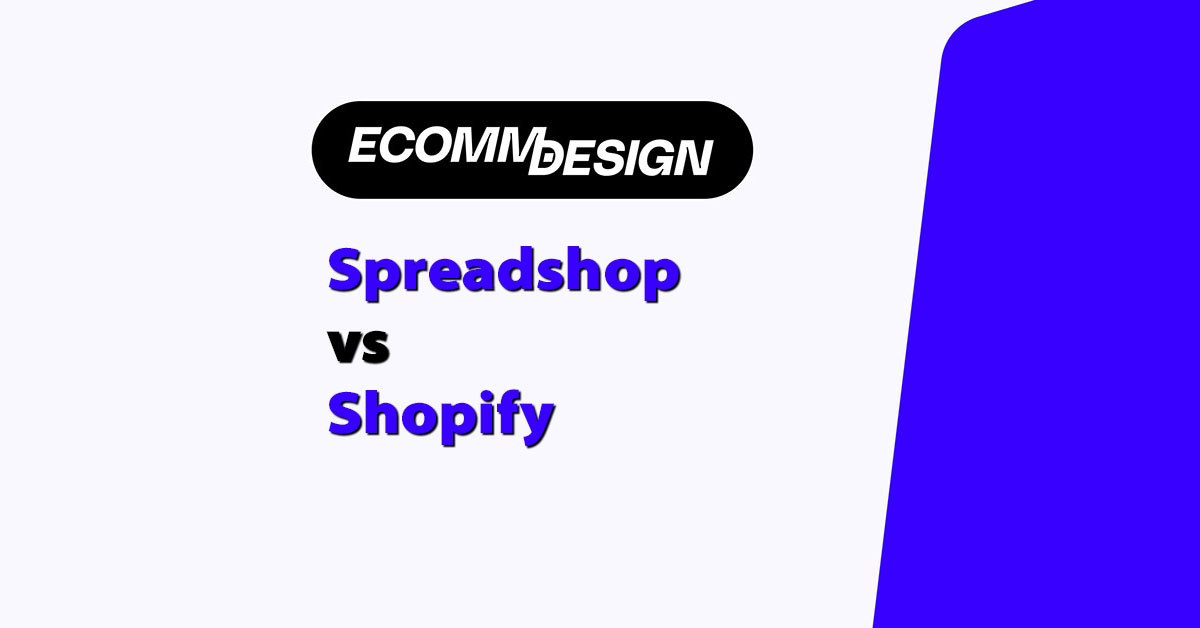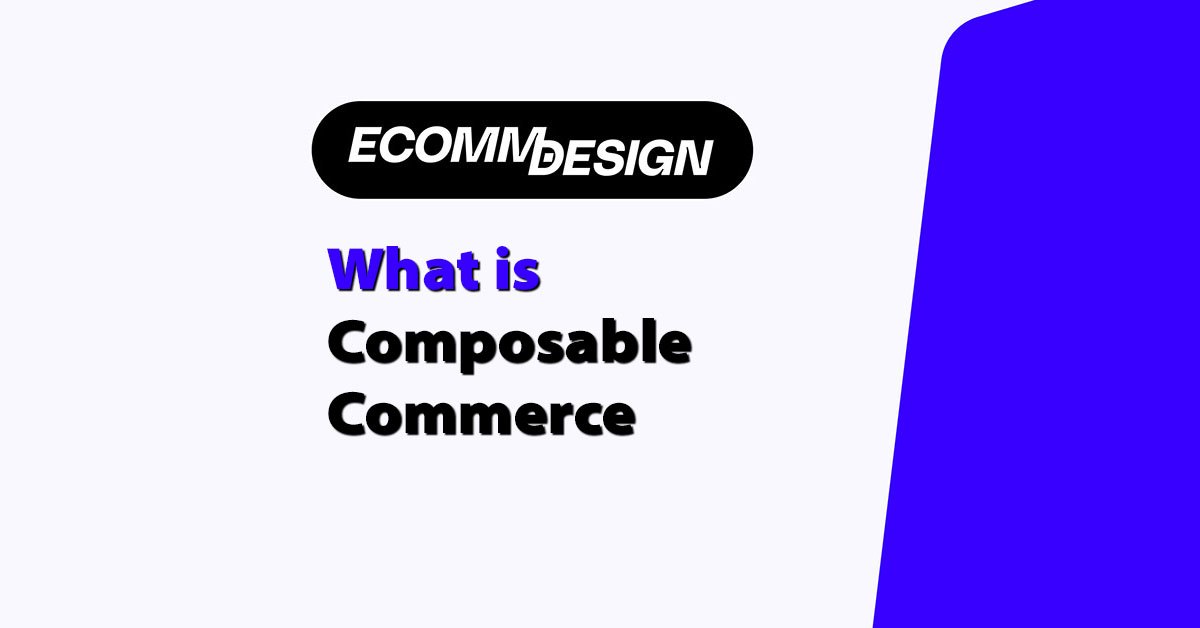
Composable commerce is an approach to building ecommerce systems where every part—like your CMS, checkout, search, and frontend—is built using independent, API-connected tools. Instead of using one big platform that does everything, you choose the best tool for each job. This lets you move faster, adapt easier, and deliver better customer experiences as your business grows.
Traditional platforms force you into rigid systems that can’t scale easily. If you’ve ever delayed a launch or feature because your platform couldn’t handle it, you already know the pain composable commerce solves.
In this guide, we’ll break down how it works, why it’s different from headless or monolithic platforms, and whether your brand should make the switch.
